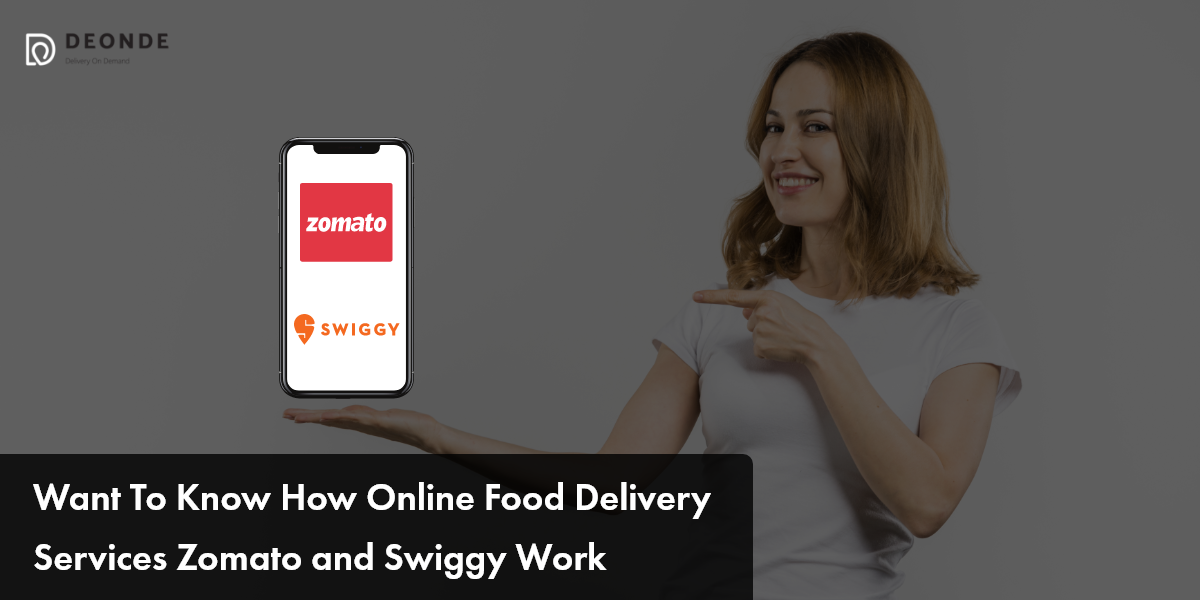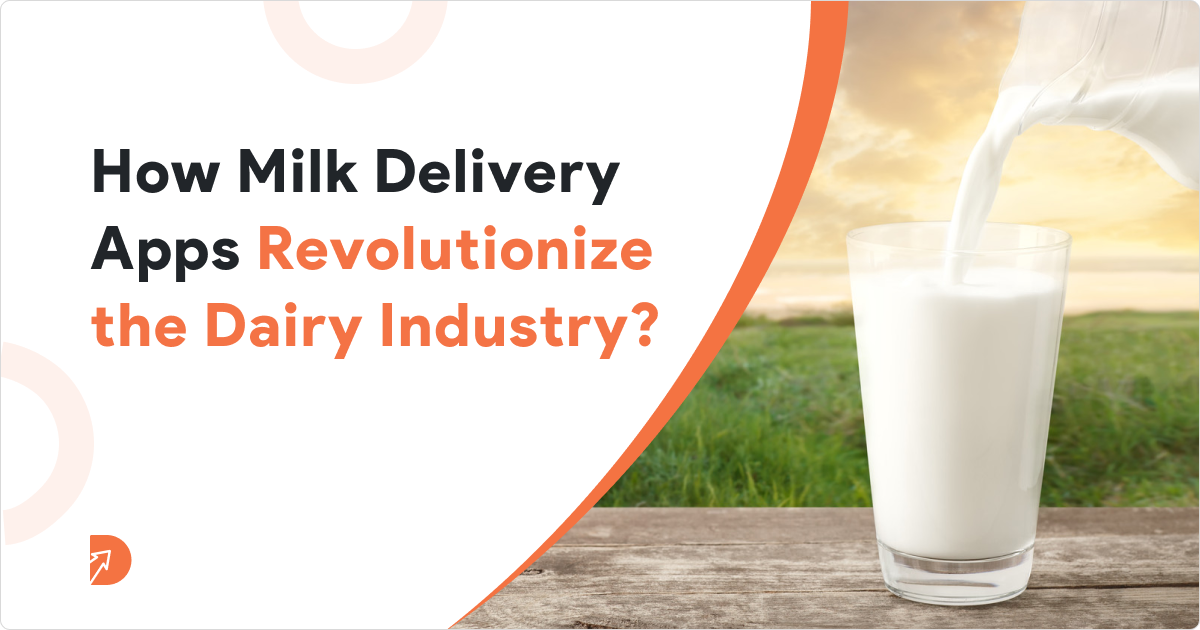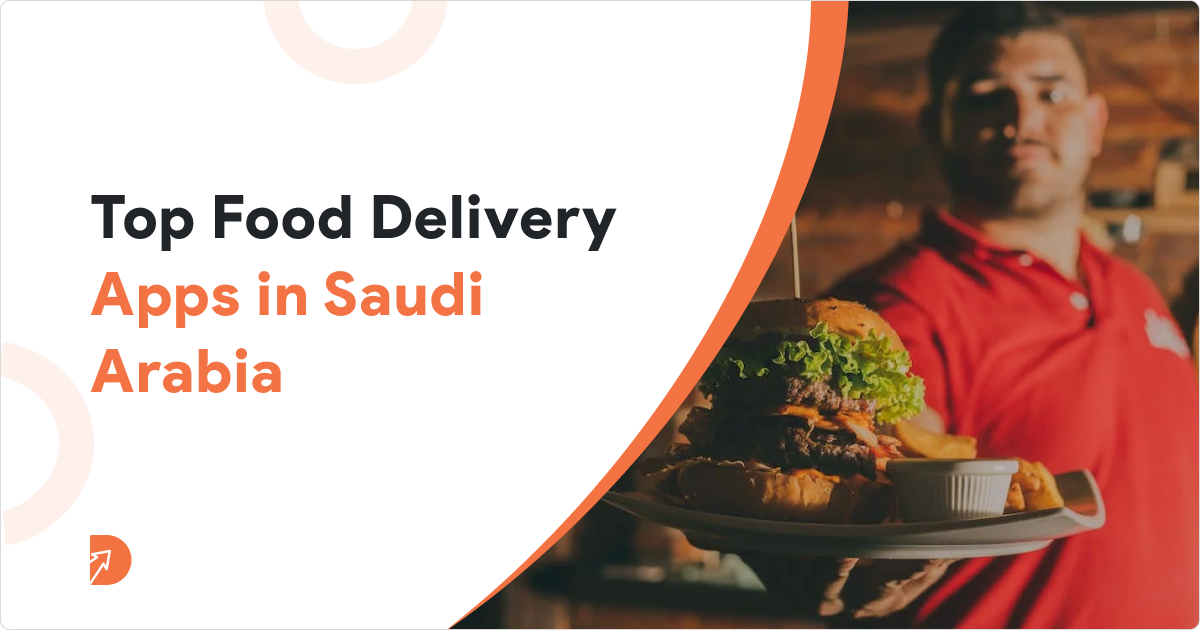Technology has taken over a great part of our life, and we cannot now eat, breathe and live without it. From ordering pencil to ordering food, we take the help technology. Moreover, the impact of technology has changed the habits of us.
For example, earlier, we do not get to see different foods as often because of the restaurants not available nearby or for any other reason. Technology has bridged that gap, and this has changed our habit of food consumption. Variety of food is accessible on our hand, and few tabs by sitting at the sofa can bring country food on our table.
The growing demand for food has proportionally increased the demand for food tech applications. With the increasing demand for food tech applications in India, the investor reliance on food tech businesses continues to remain high.
Moreover, the rapid use of the internet and the growing number of internet users is spearheading the growth of overall food delivery market.
How online food delivery services Zomato and Swiggy work
In simple words, the concept seems to be straightforward. Setting up a restaurant business where consumers can pick and order food. However, there is a lot more going into this straightforward yet complex online food delivery labyrinth. Online food delivery today is not limited to the restaurant. It moves ahead and to digital kitchens and native food delivery apps.
We can see three base models in the online food supply industry by widely classifying the system:
DELIVERY ONLY
The business works as a mediator for ordering and delivering food between restaurants and customers, starting with the order-only model. Swiggy built his army on this most basic model by only delivering the ordered food.
END-TO-END MANAGEMENT
Food delivery startups are focusing on handling the entire value chain within this integrated system. This covers preparing food and delivering it, and that is how the adores of Faasos has begun. Domino’s and McDonald’s still favour this model, but these two fast food companies have also been connected to startups on food delivery. Both the quality of food and food distribution are the responsibility of the restaurant in this particular case.
AGGREGATION MODEL
Then comes the model of aggregation, now followed mainly by Swiggy and Zomato market leaders. This has focused only on delivering food and thus left the cooking part to the restaurant. However, establishments may choose to team up with the online food model or achieve it on their own. This, in turn, makes it possible for restaurants and cafes to list themselves allow food delivery or discover their potential.
CLOUD KITCHEN MODEL
Food delivery companies like Zomato and Swiggy are using a variation in the food delivery and distribution model. However, cloud kitchen entry has opened new revenue pathways and models for these businesses.
Many food delivery platforms are running on cloud kitchens that can cater to many products with a centralized background program and no display cabinets. It helps startups to monitor the whole experience and ramp-up in favour of aggregators. The Fresh-menu and other cloud kitchen techies exercised this hybrid model.
Closing note
Hire app developers from DeOnDe, get started with your online ordering systems like Swiggy and Zomato today, and reap the profits well into the years to come. We have a transparent monthly subscription model for your unique business with no hidden charges.
You can write your online system queries or questions to us by logging on to www.deonde.co



